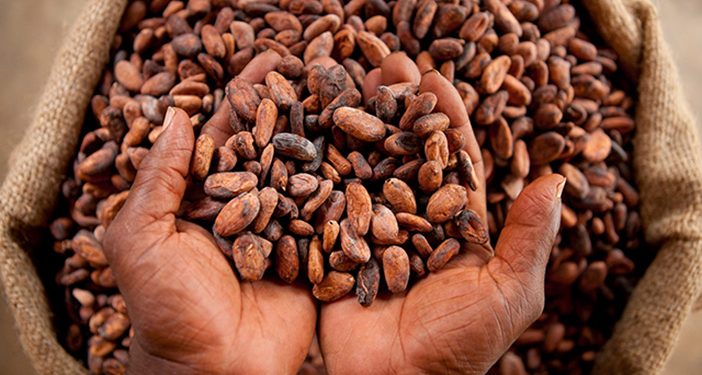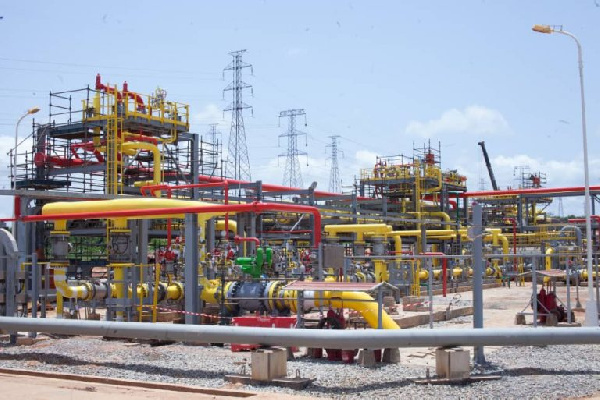The large quantities of gold and crude oil exported by Ghana in 2022, the Monetary Policy Report of the Bank of Ghana (BoG) has revealed contributed largely to the country’s trade balance, increasing it from 1.4% in 2021 to 3.8% in 2022.
Total exports in 2022, according to the Report from the central bank includes: gold, cocoa beans, cocoa products, crude oil, amongst others. Gold and Crude oil exports however constituted the largest exported commodities in 2022, thereby moving the trade balance of the country from US$14.73 billion to US$17.41 billion, increasing by 3.8 percent if expressed as a percentage of GDP.
“Crude oil export receipts increased by 37.5 percent to US$5.43 billion mainly due to higher prices. Gold export receipts increased by 30.0 percent to US$6.6 billion driven by higher volumes of gold production largely from small scale gold mining companies.”
BoG’s Monetary Policy Report
While exports of gold and crude oil increased, that for cocoa products and beans as well as its products, were observed to have declined by 22.0 percent to US$2.21 billion.
This reduction is as a result of low production of these commodities in the country. Moving forward, government will have to increase production as well as expand the market for cocoa beans and cocoa products in order to maintain a good trade balance.
“The trade account recorded a surplus of US$2.75 billion in 2022 on account of increased export earnings relative to imports, compared with a surplus amount of US$1.10 billion, recorded for 2021.”
BoG’s Monetary Policy Report
With the government making efforts to increase its GDP, by exporting more than its imports, thereby meeting the set 55% target, also with the introduction of its Gold-for-Oil deal, the trade balance this year, 2023 is expected to improve more than it has over the past two years.

Ghana’s Trade Imports Soar By 7.5%
A look into trade imports for 2022 shows there has been an increase of imports from US$13.63 billion to US$14.65 billion, which indicates that the government has more to do in terms of trimming imports.
“The total import bill increased by 7.5 percent to US$14.65 billion due to higher payments for oil and gas imports. Imports of oil and gas, mainly refined petroleum imports, almost doubled to US$4.7 billion driven largely by higher prices, compared to US$2.7 billion in 2021, an increase of 71.3 percent.”
BoG’s Monetary Policy Report
This means that more attention needs to be directed at oil imports, especially, with the introduction of the Gold-for-Oil policy – which suggests that the country will in 2023 and subsequent years be importing more oil.
Non-oil imports, on the other hand showed a decline by 8.4 percent to US$10.0 billion owing largely to the devaluation of the local currency towards the end of the financial year as well as a slowdown in economic activities during the reference period.
“Non-oil imports by broad economic classification showed a drop-in capital goods imports by 19.0 percent to US$2.1 billion, while consumption goods import also decreased by 7.1 percent to US$1.9 billion.
“In contrast, intermediate goods increased by 2.3 percent to US$5.1 billion. Other goods imports, mainly passenger vehicles, fell by 30.3 percent to US$904.1 million.”
BoG’s Monetary Policy Report
With the implementation of the Gold-for-Oil policy, the statistics clearly show that exports as well as imports will equally be increasing and this will not augur well for the country’s trade balance, especially, if the quantity of oil imported exceeds the quantity of gold exported.
To successfully implement this policy while maintaining a surplus balance, the non-oil components of the country’s imports needs to be slashed, and what this means is that, Ghana has to find a means to generate its own gas and other non-oil products that push its imports up.

READ ALSO: DDEP Should Not Be A Panacea For Restoration Of ‘Broken Economy’ – Dr Kwabena Duffuor























